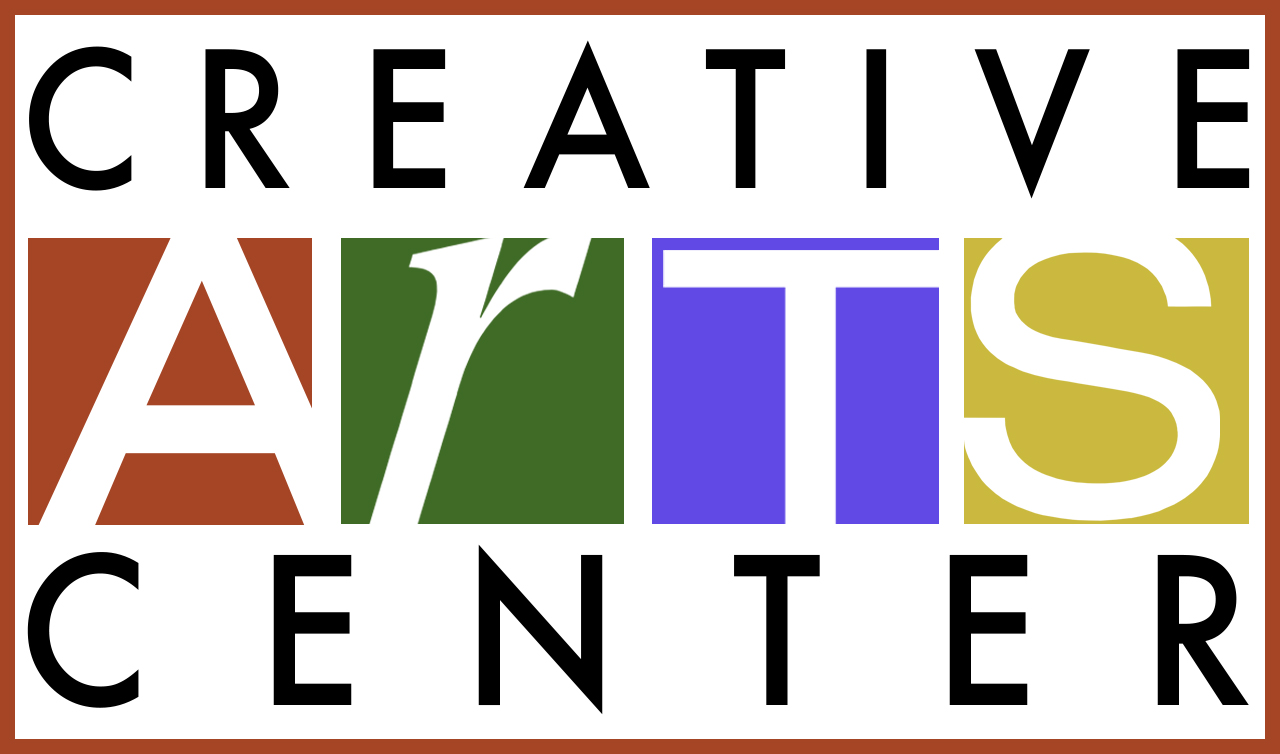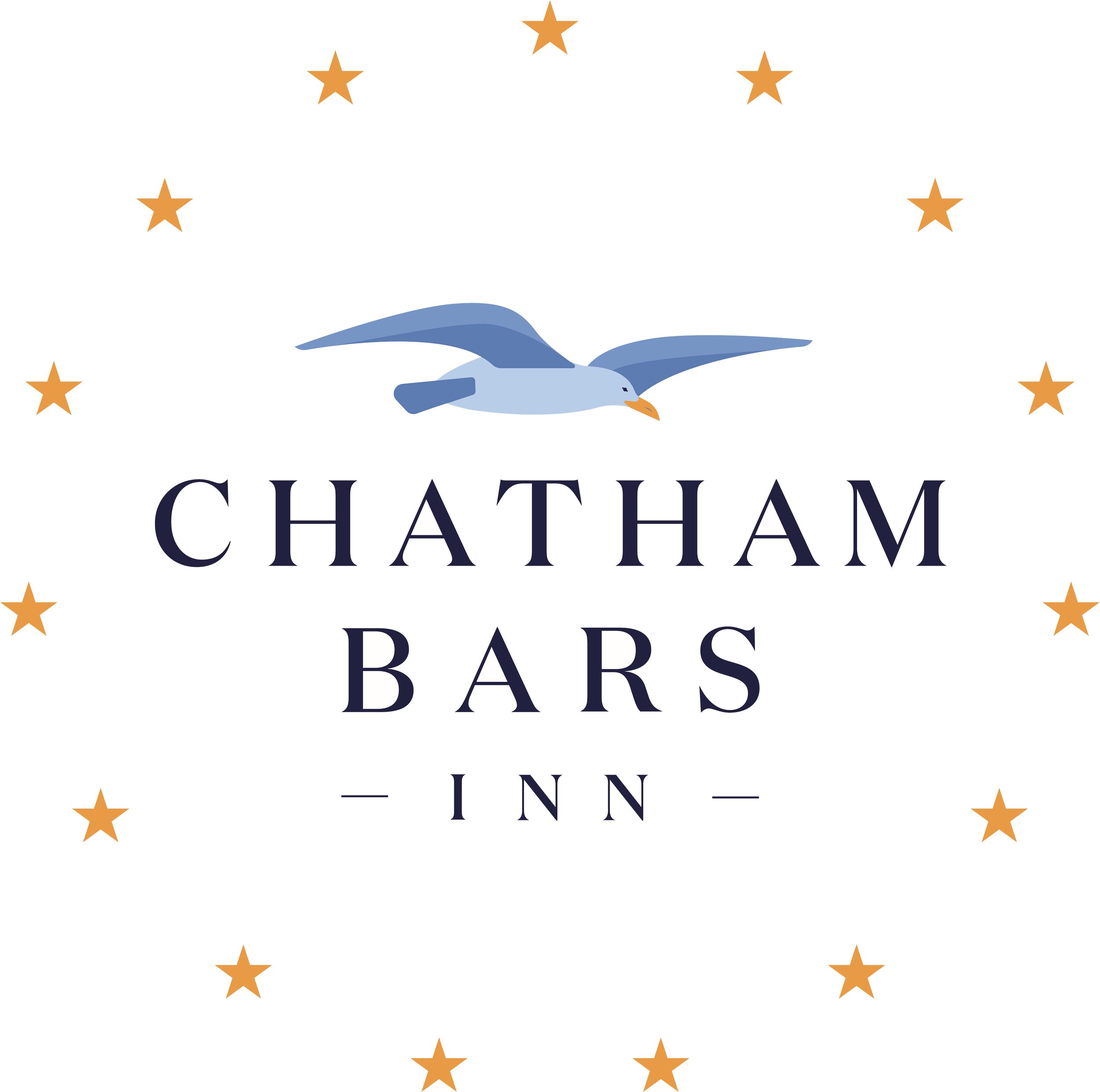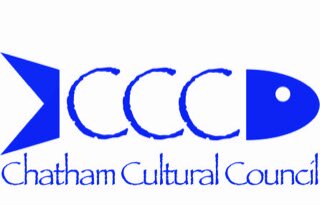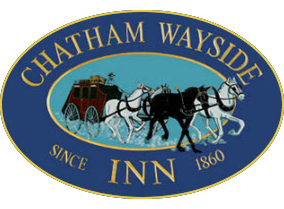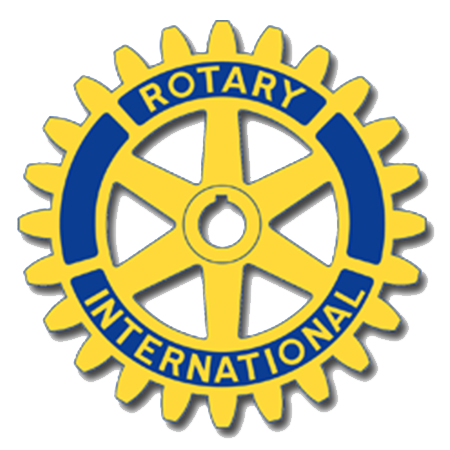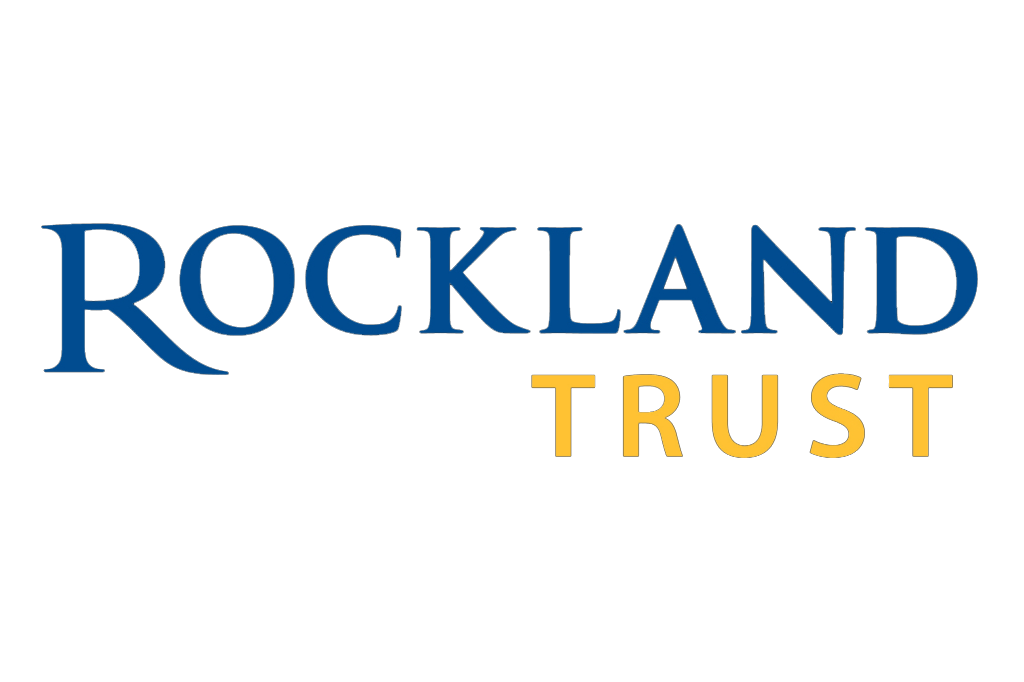Steve Kennedy - Oil/Acrylic - Studio (1/15-2/19)
Steve Kennedy - Oil/Acrylic - Studio (1/15-2/19)
Jan 15, 22, 29, Feb 5, 12, 19
WED 9:15AM - 12:15PM-
6 weeks
$180 members/ $210 non member
Learn how to get more out of your painting experience, as Steve walks you through the how to's of painting: how to make perspective work in your paintings, how to create a strong abstract underpinning to your representational art, how to see and paint intuitively, how to paint atmosphere and much more. Beginners to advanced are welcomed. Oils, acrylic.
KENNEDY PAINTING SUPPIES LIST- 2022
Art box (Anderson, Gloucester or Take-It easel, French easel or other if working outdoors).
Brush cleaner- Odorless thinner or turpenoid, no turpentine allowed. Turpenoid Natural not recommended, it’s too thick.
Thinner holders (metal) the self-contained one highly recommended.
Painting medium- Liquin (fast drying) or stand oil/turpentine mix 1 to 4 or 1 to 5 mix, Gamblin has multiple mediums, whatever you prefer. A moderately fast drying medium recommended. There is no wrong medium, some dry faster than others, and produce more gloss upon drying.
Paint Rags (T-shirts are best).
Brushes- Flats, filberts, differing sizes such as # 1s, 3s, 12s, etc.- be sure to buy a few bristle style large ones; also several small rounds for detail. Bristles preferable to synthetics.
Palette- Disposable or Wooden Palette recommended.
Painting Tin (for holding medium and/or turpentine). Not necessary if working with a gel.
Palette Knife- for mixing colors, or roughing up overworked areas of a painting.
Brush Cleanser – solid or liquid, can be purchased at an art store. This for cleaning up if you’re not painting again soon. Murphy’s Oil Soap great for stiff brushes.
Painting Support – Pre-stretched canvas or canvas board, see instructor if you’d like to learn how to stretch your own canvas. Smooth surfaces are a poor choice, paint doesn’t grab surface.
Colors: You may substitute colors if need be, but these are what the instructor uses. There is a good reason these are the colors listed. Palette consists of warm and cool of the primaries, plus guest colors. Remember, the more costly the paint the better the quality! Lesser priced paints contain more filler and wash out quicker when white is added. It’s recommended to stick mostly with same brand of paint, as colors change from company to company.
White - a titanium/zinc white mix (Permalba, Winsor Newton, Gamblin, etc)
Cadmium yellow pale
Cadmium yellow medium
Cadmium orange
Cadmium scarlet or red light
Cadmium red deep
Permanent Alizarin
Permanent Rose (roses give the best purple)
Cereleon blue
French Ultramarine Blue
Optional colors: Cobalt blue, phthalo blue, burnt sienna, yellow ochre pale, light or gold, naples yellow (deep) cad yellow deep, viridian, pthalo green
Optional Outdoor Painting supplies:
Large Clips and/or bungee Cords.
Hat of some sort
Weights for easel may be needed
Sunscreen
Bug repellant
Umbrella for easel optional
Backup jars, holders, etc.
A subject to work with if painting indoors - I do not necessarily recommend photographs but bring them or a sketch to work from for our indoor classes. Observing from life is the best instruction, better than looking at photographs. I do not recommend painting from other artist’s paintings unless you are trying to learn how they did what they did. Keep things original.
You may contact the instructor with questions: Steve Kennedy: (508) 237-1239 email: eastrawl@yahoo.com Texting or phone preferred means of communication, thank you!
